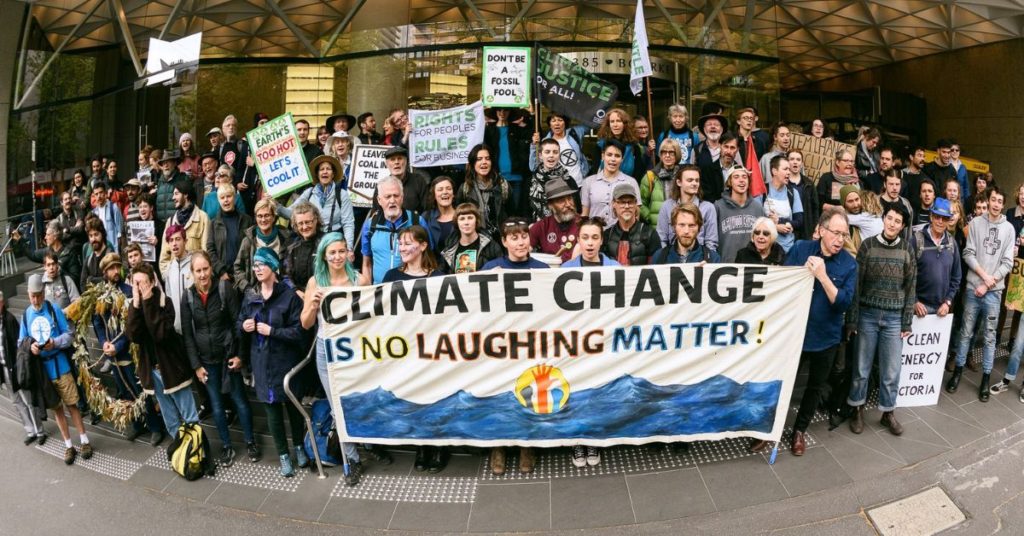Tell the Government they should Dump the dump!
Email Decision Makers to Dump the Dump
The Federal Labor Government has inherited an abusive relationship from the Morrison Government. One where the Morrison Government was trying to impose its toxic nuclear waste onto the fertile lands of the Barngarla Traditional Owners and local farming community, without their consent. When the Traditional Owners spoke up, the government tried to silence them.
Now the Labor Government is facing a legal challenge, which if they choose to fight it, would undermine the Uluru Statement of the Heart and call into question the government’s commitment to the UN Declaration on the Rights of Indigenous People.
Instead, an inquiry should be initiated to advise on future options for radioactive waste management and to consider related matters such as the suitability of the National Radioactive Waste Management Act. The Act is viciously racist, and problematic in other ways, and needs to be repealed or heavily amended.
Urge the Labor decision makers to Dump the Dump and abandon the nuclear waste dump plans before this gets any more ugly.
Email Decision Makers here


